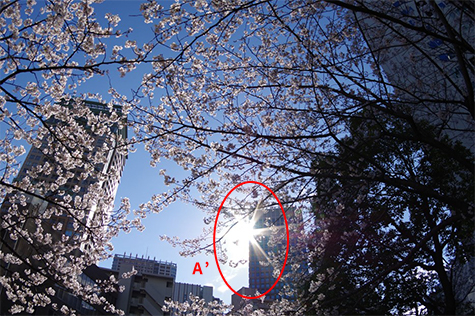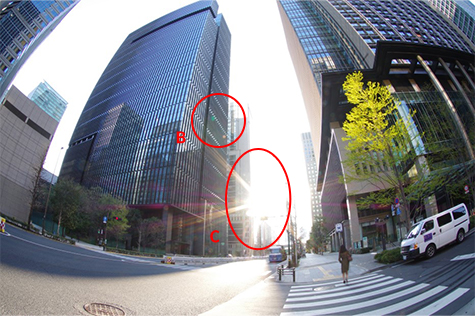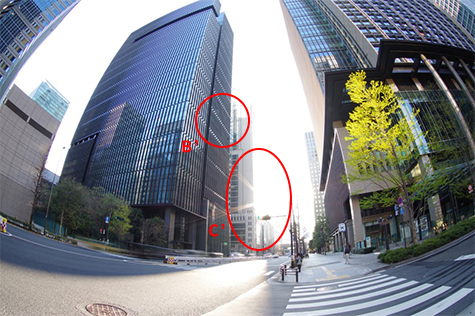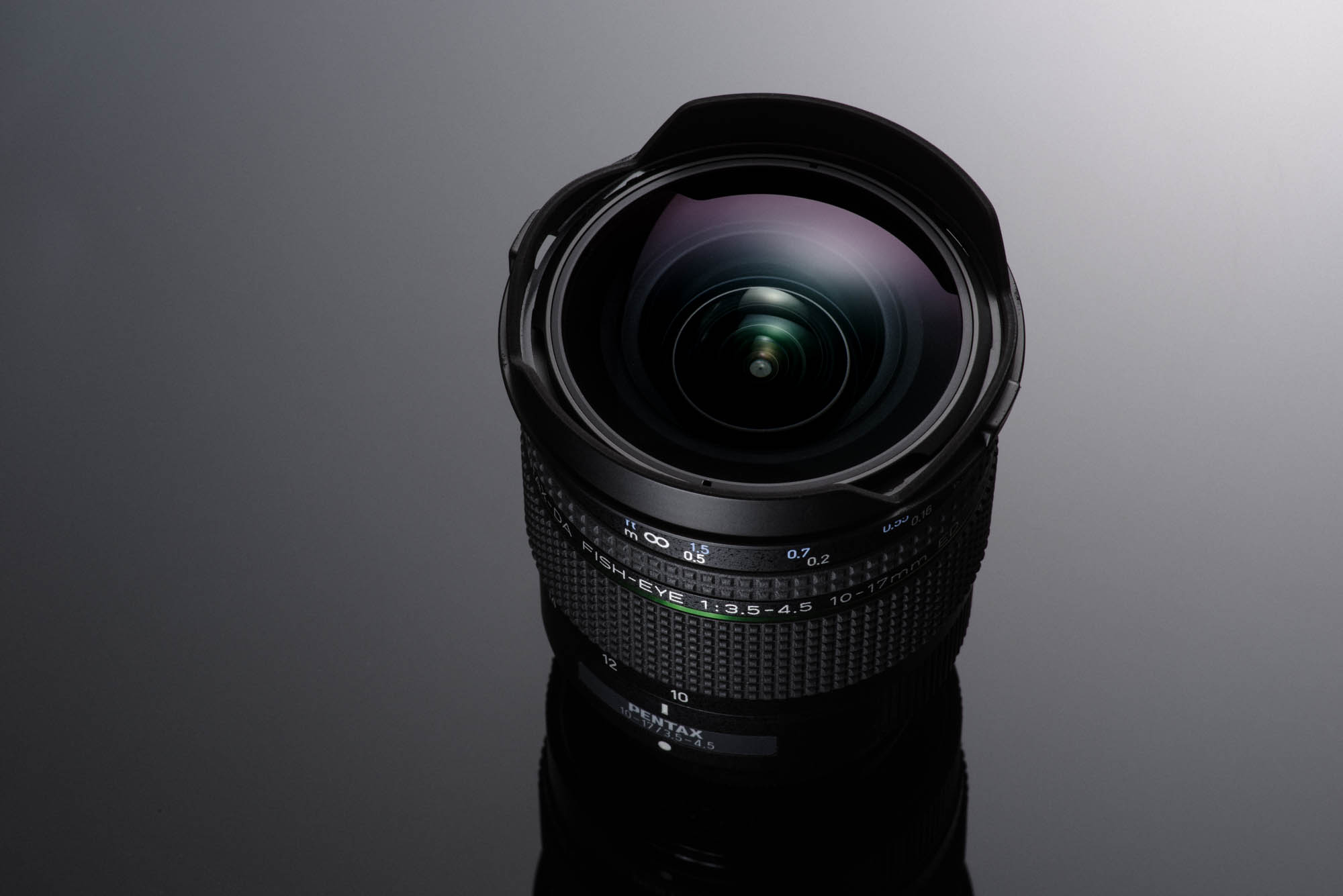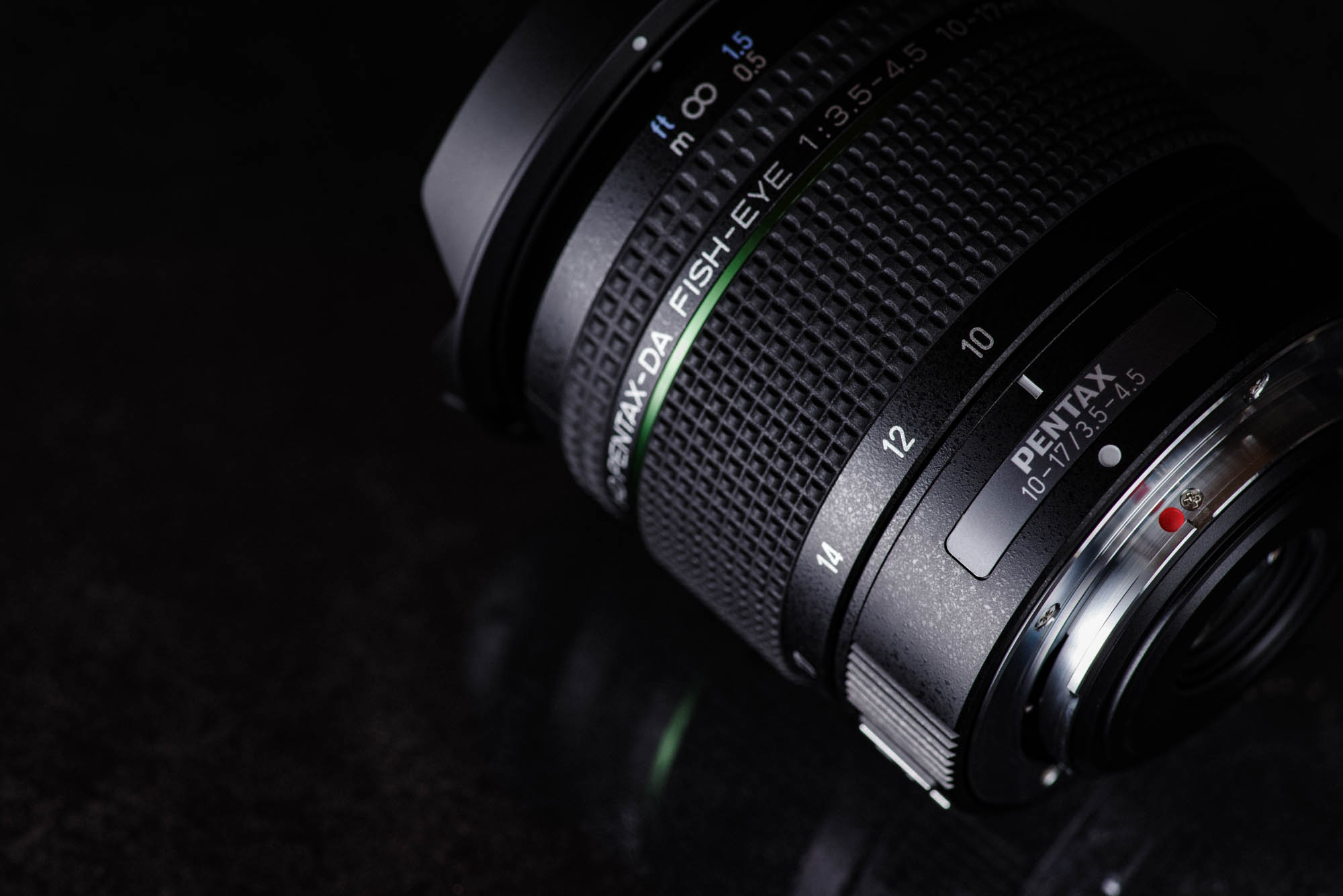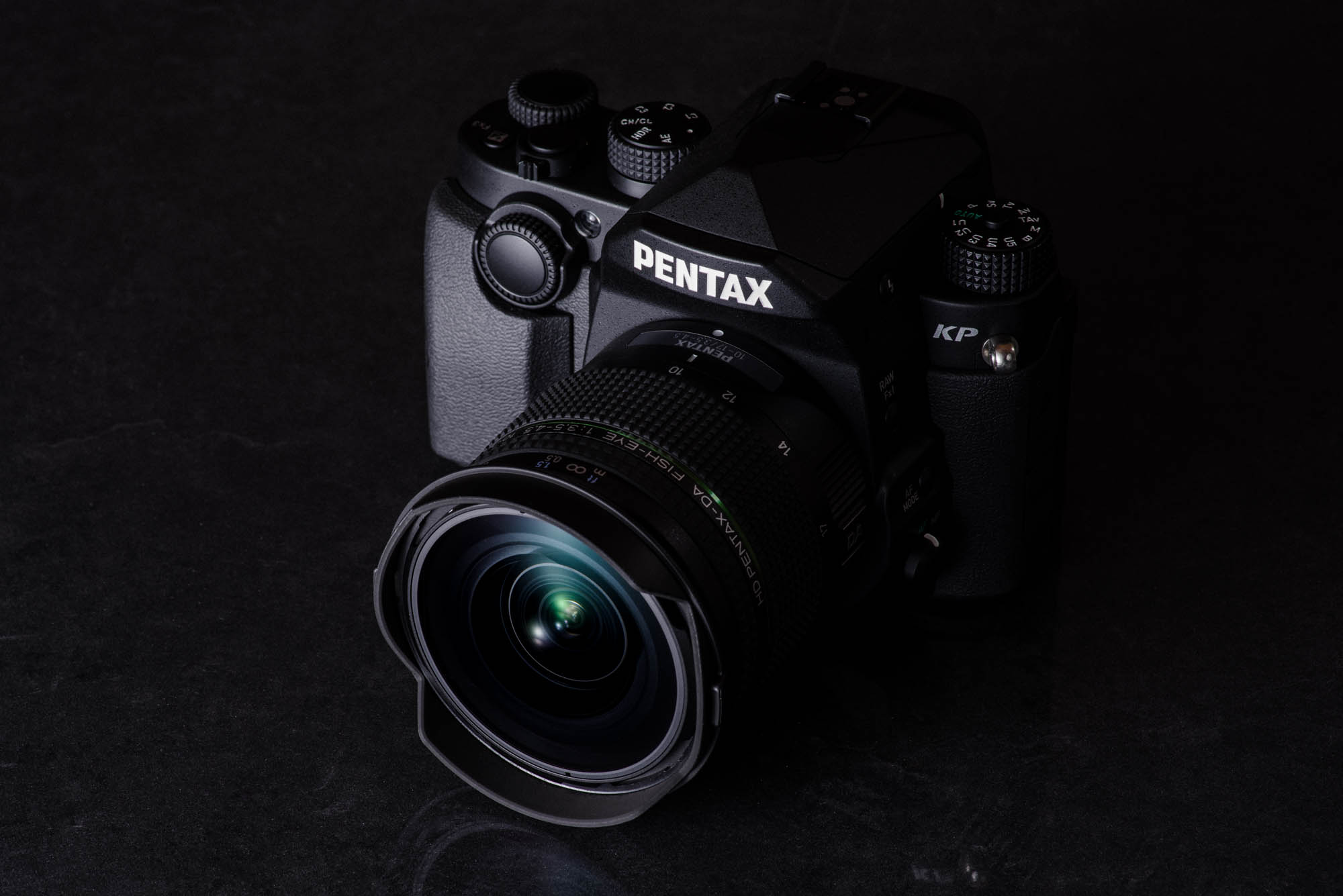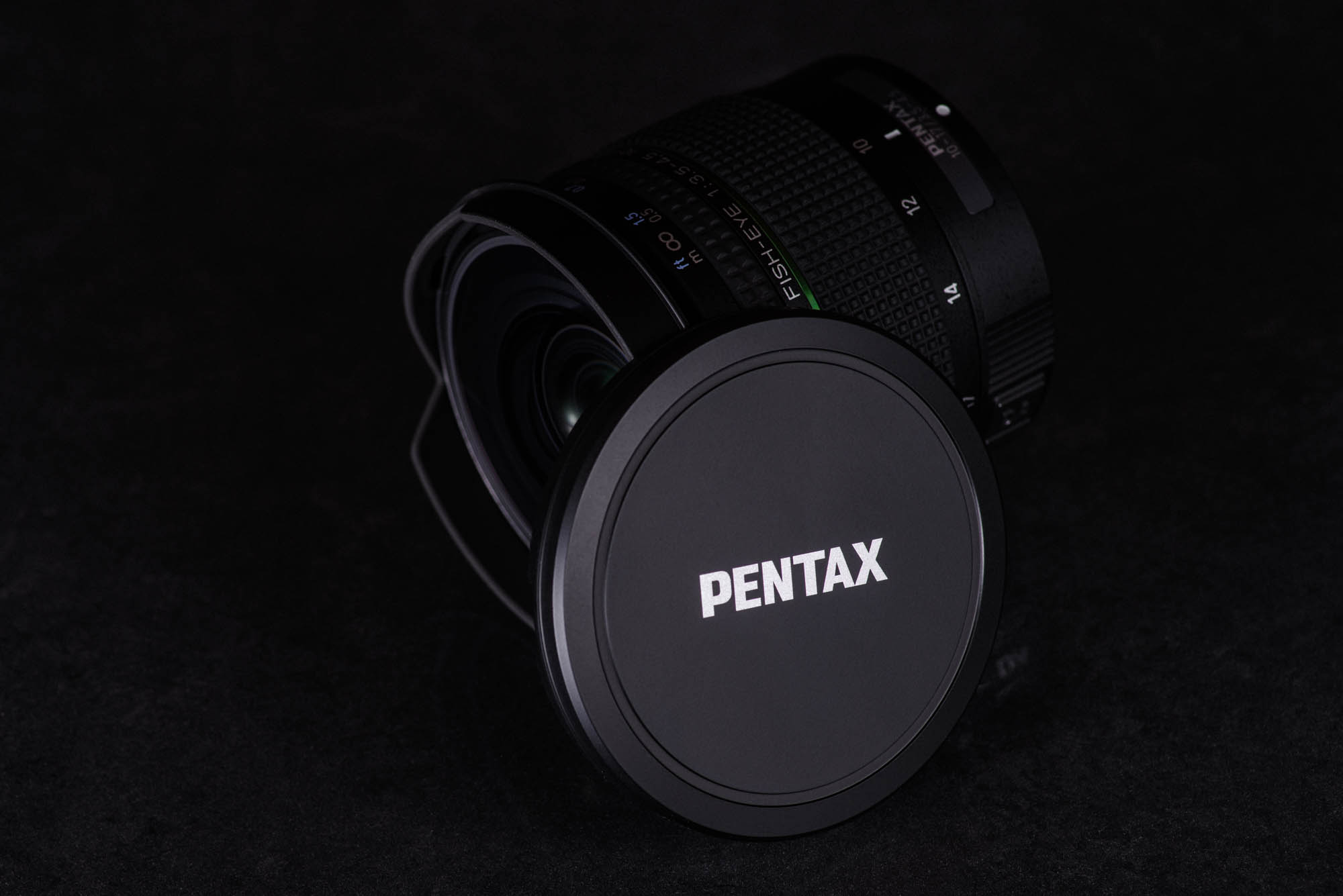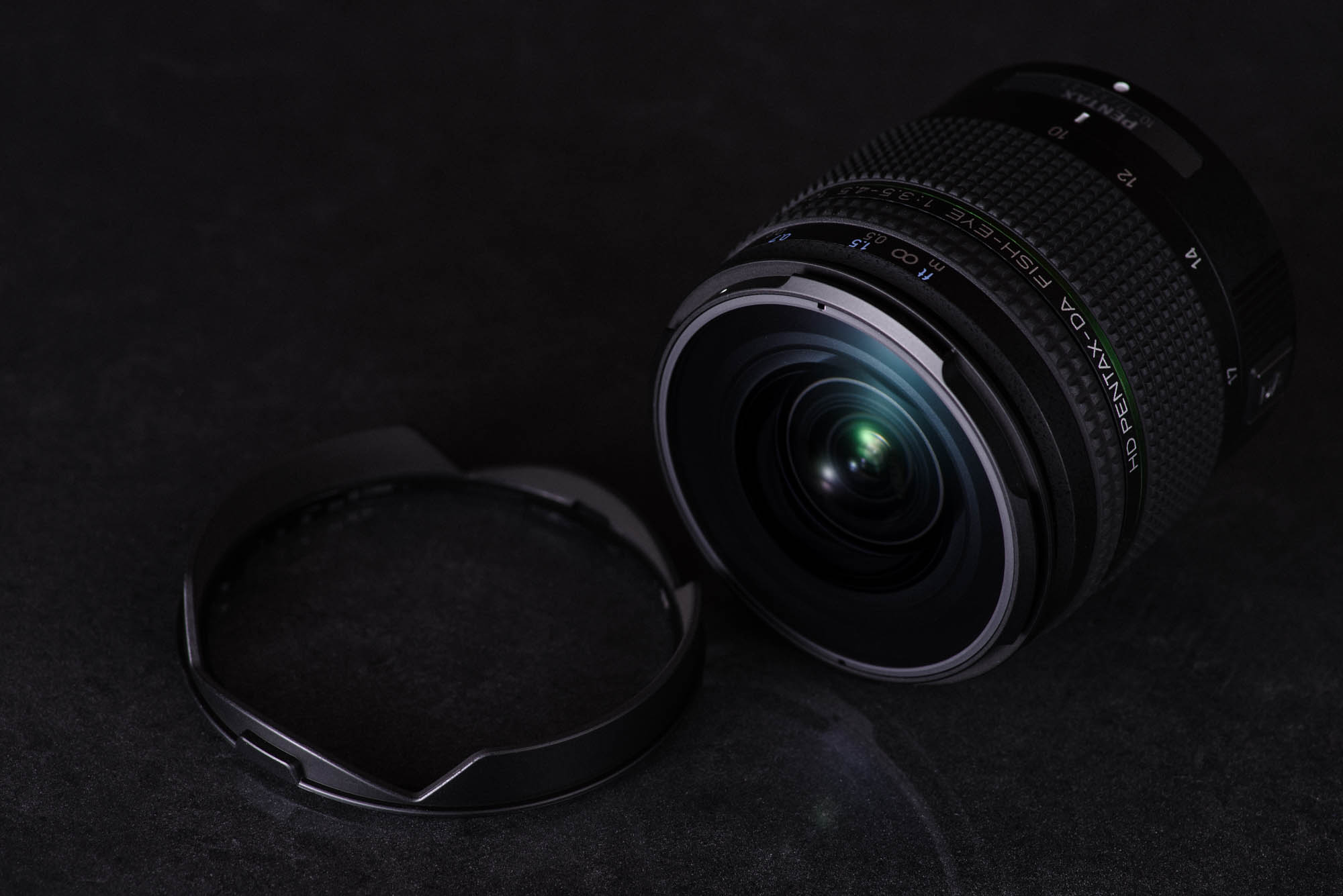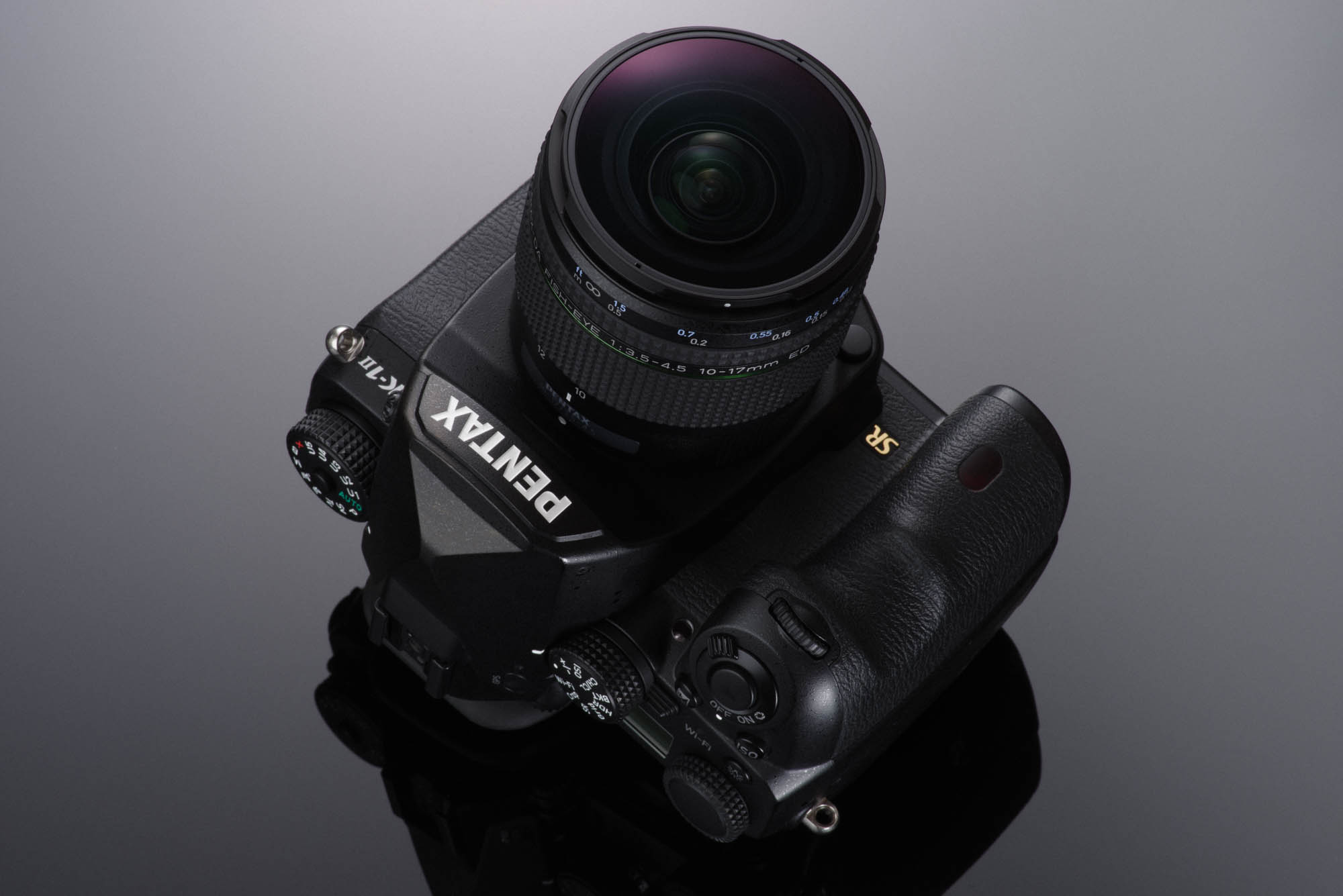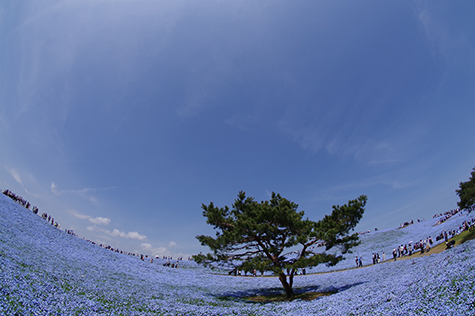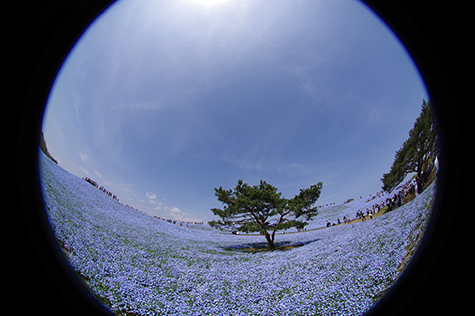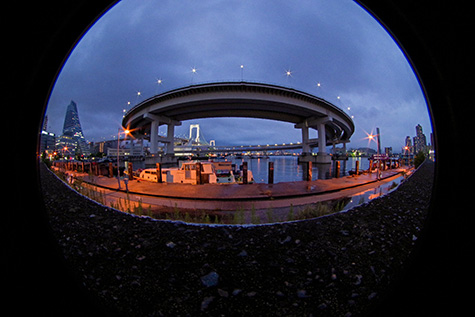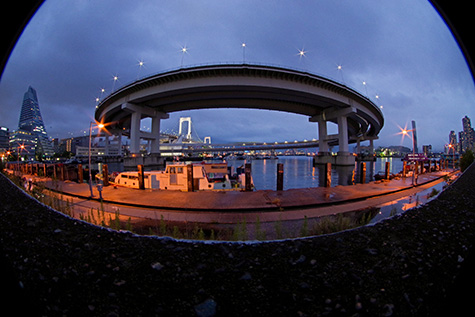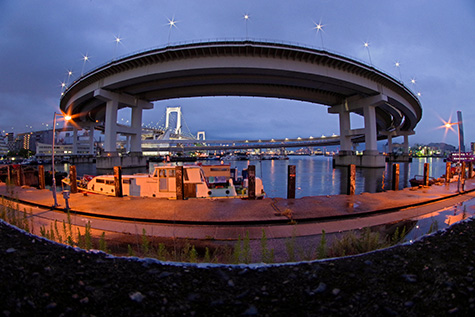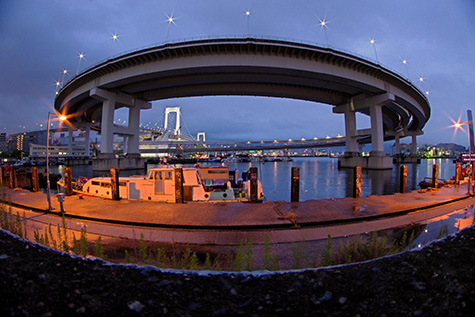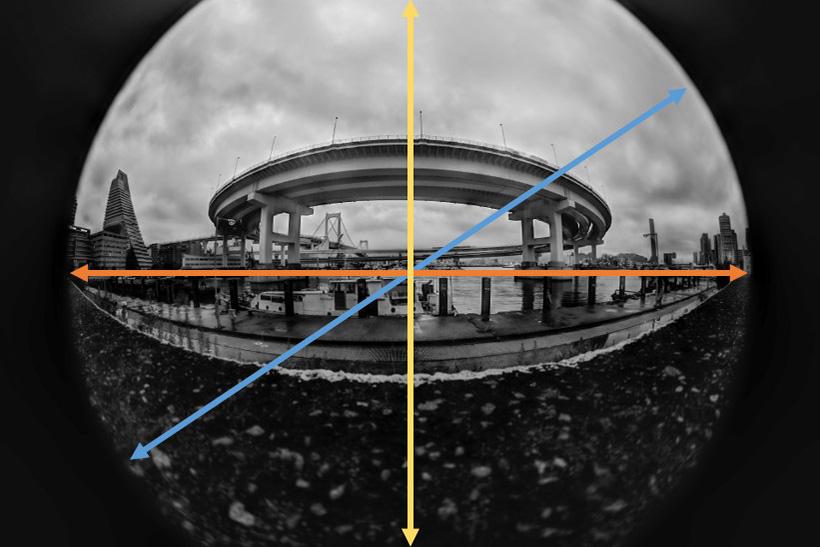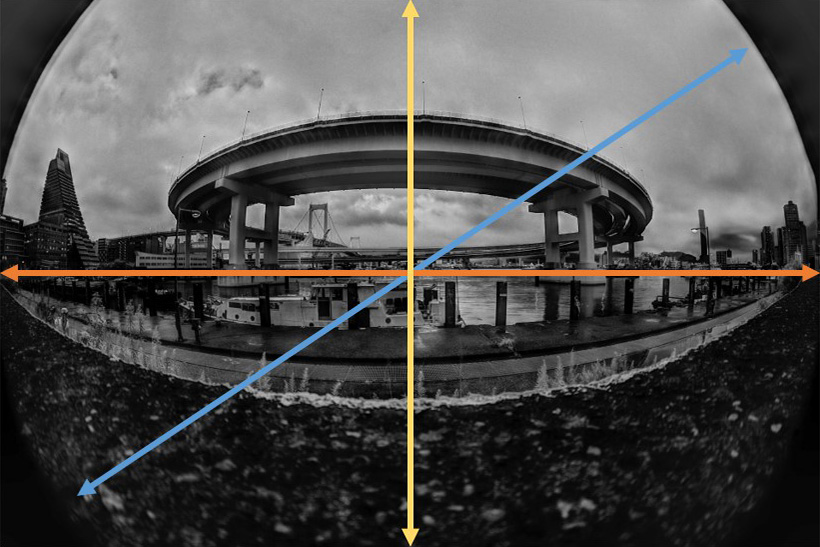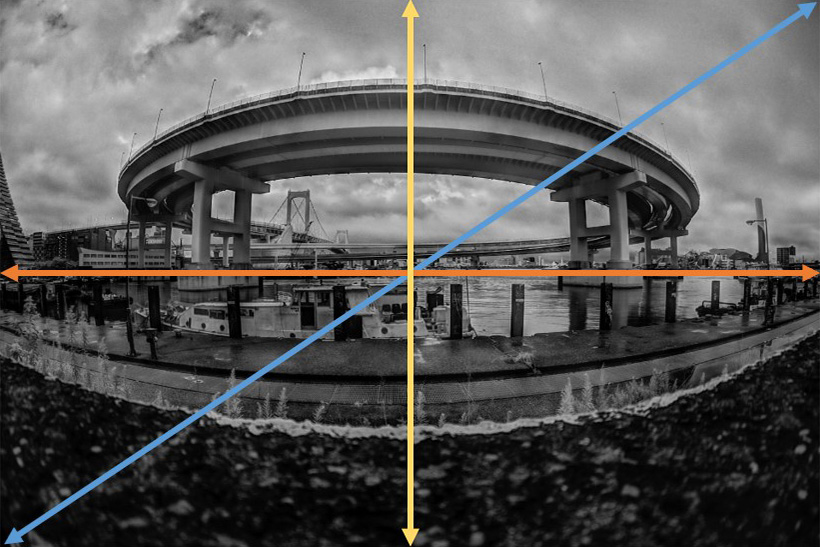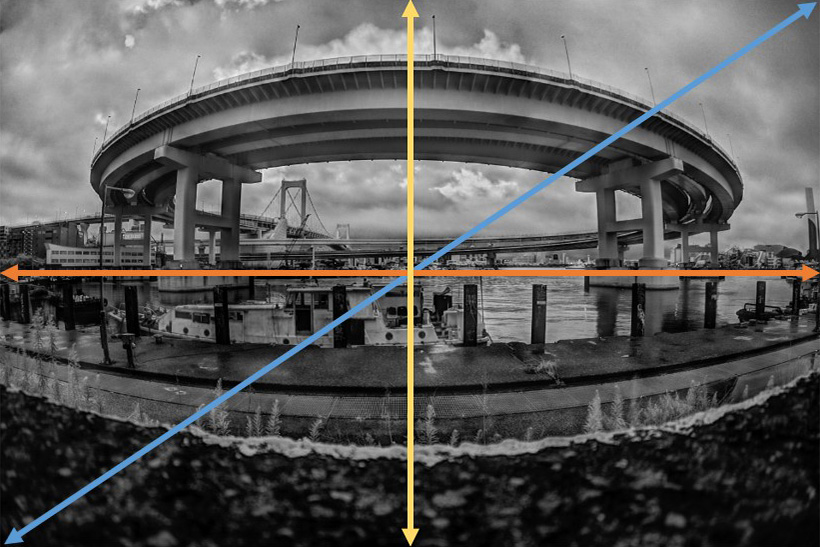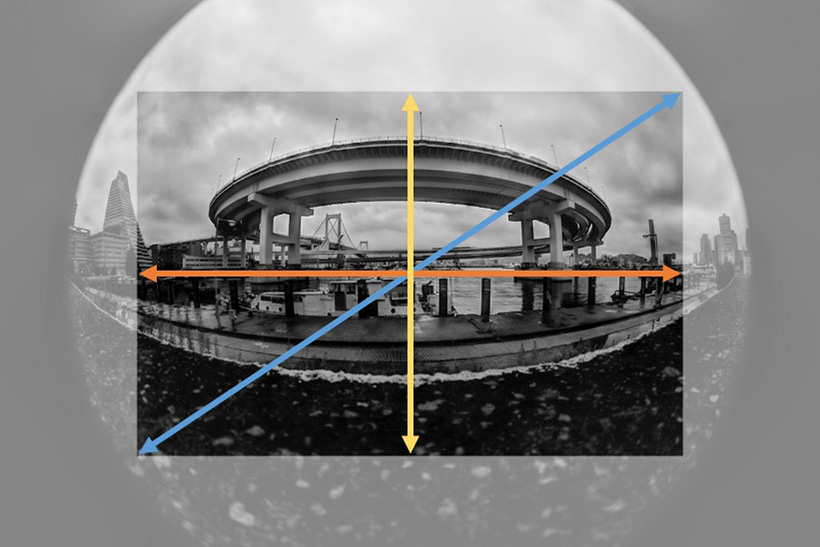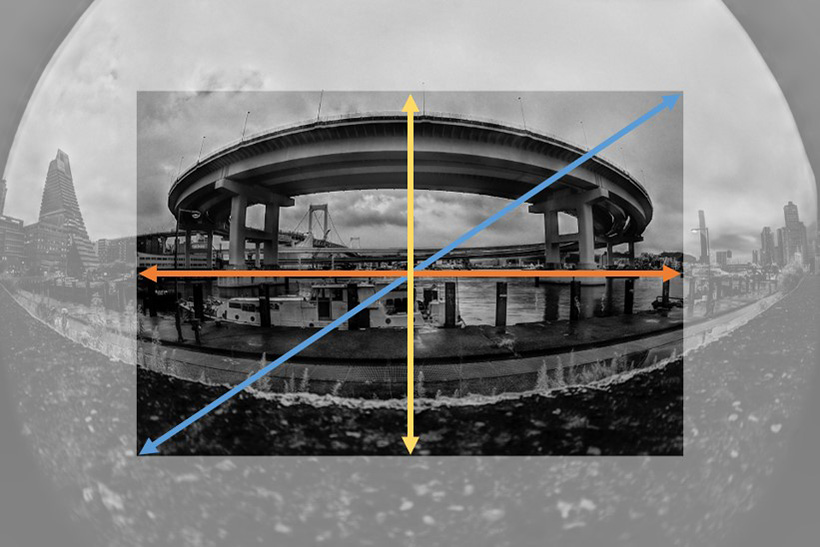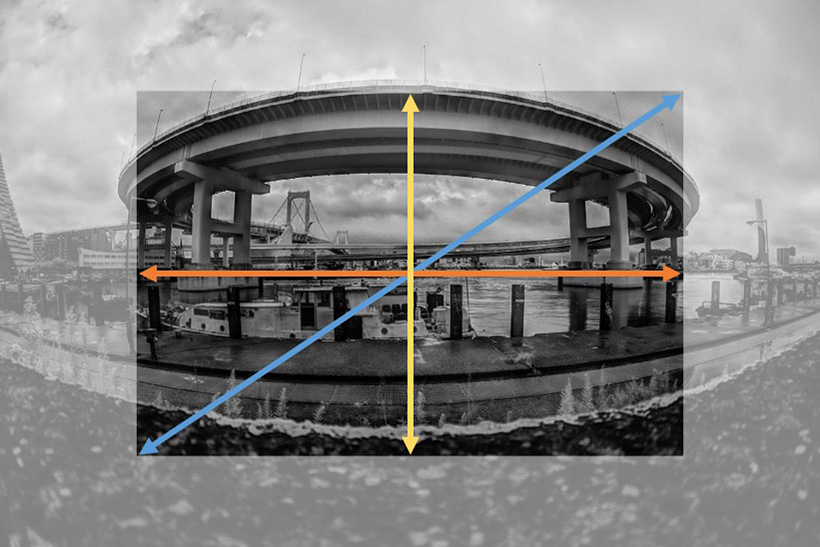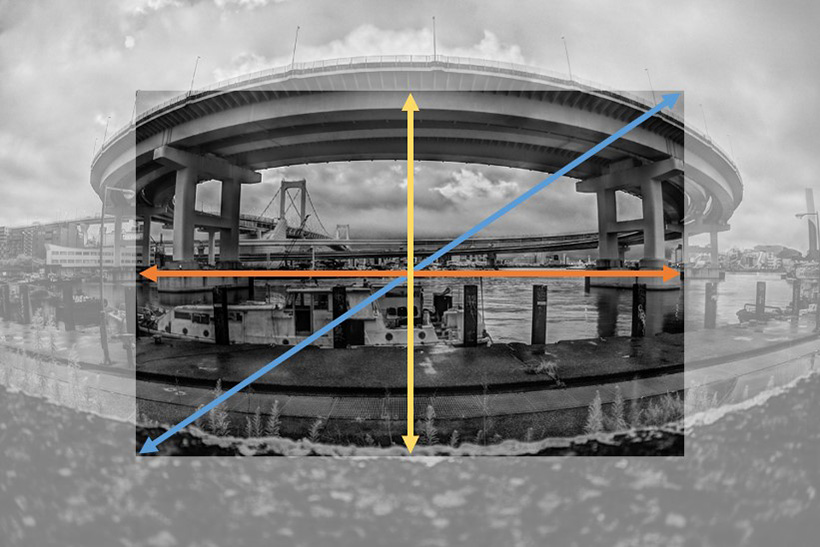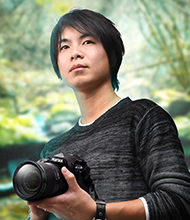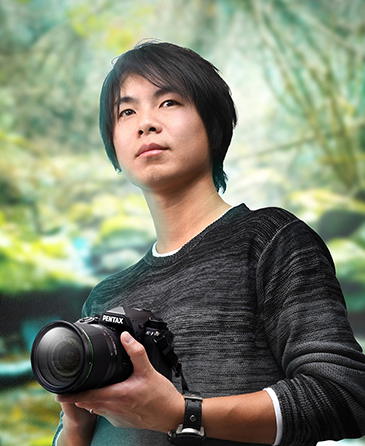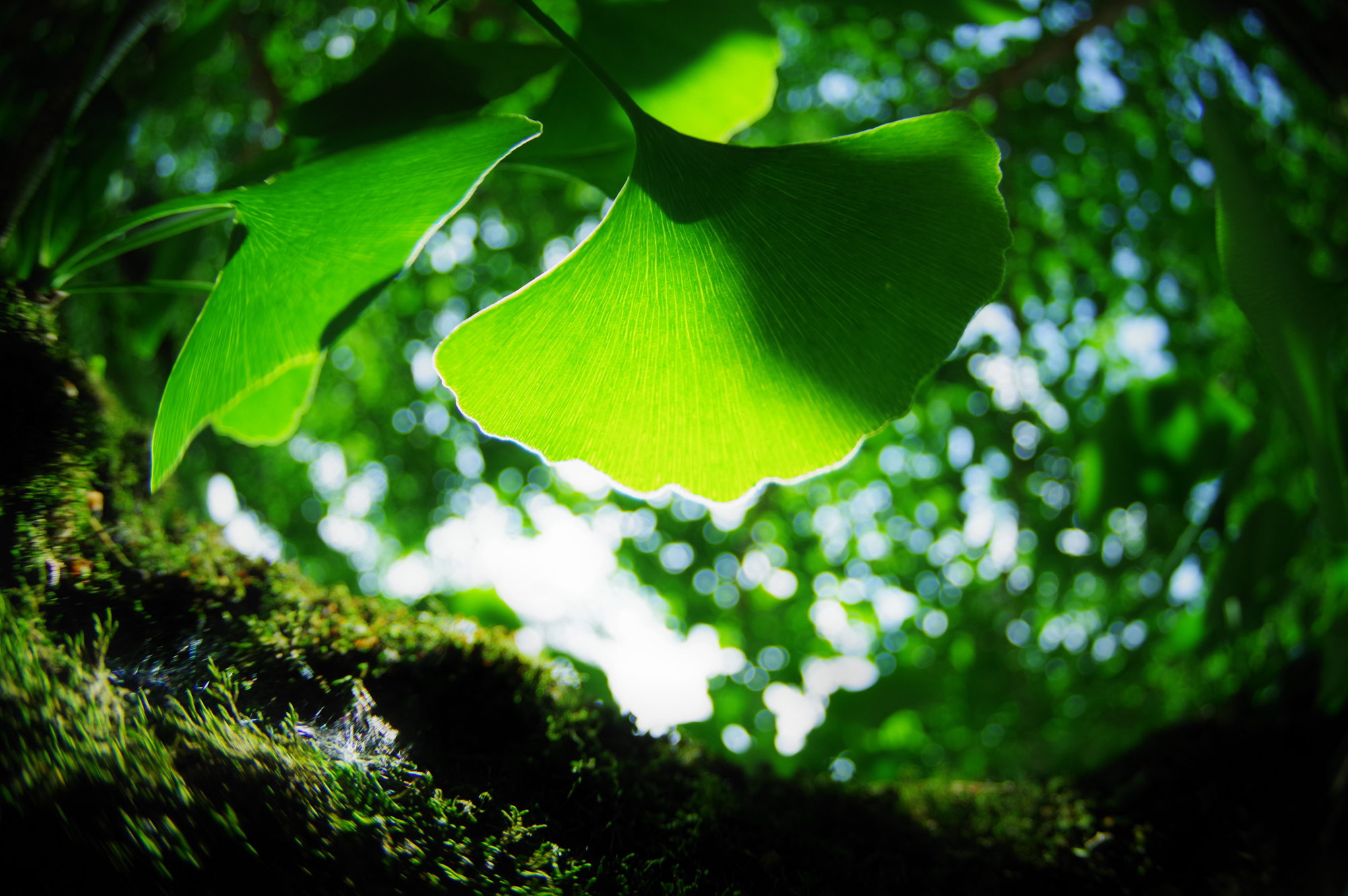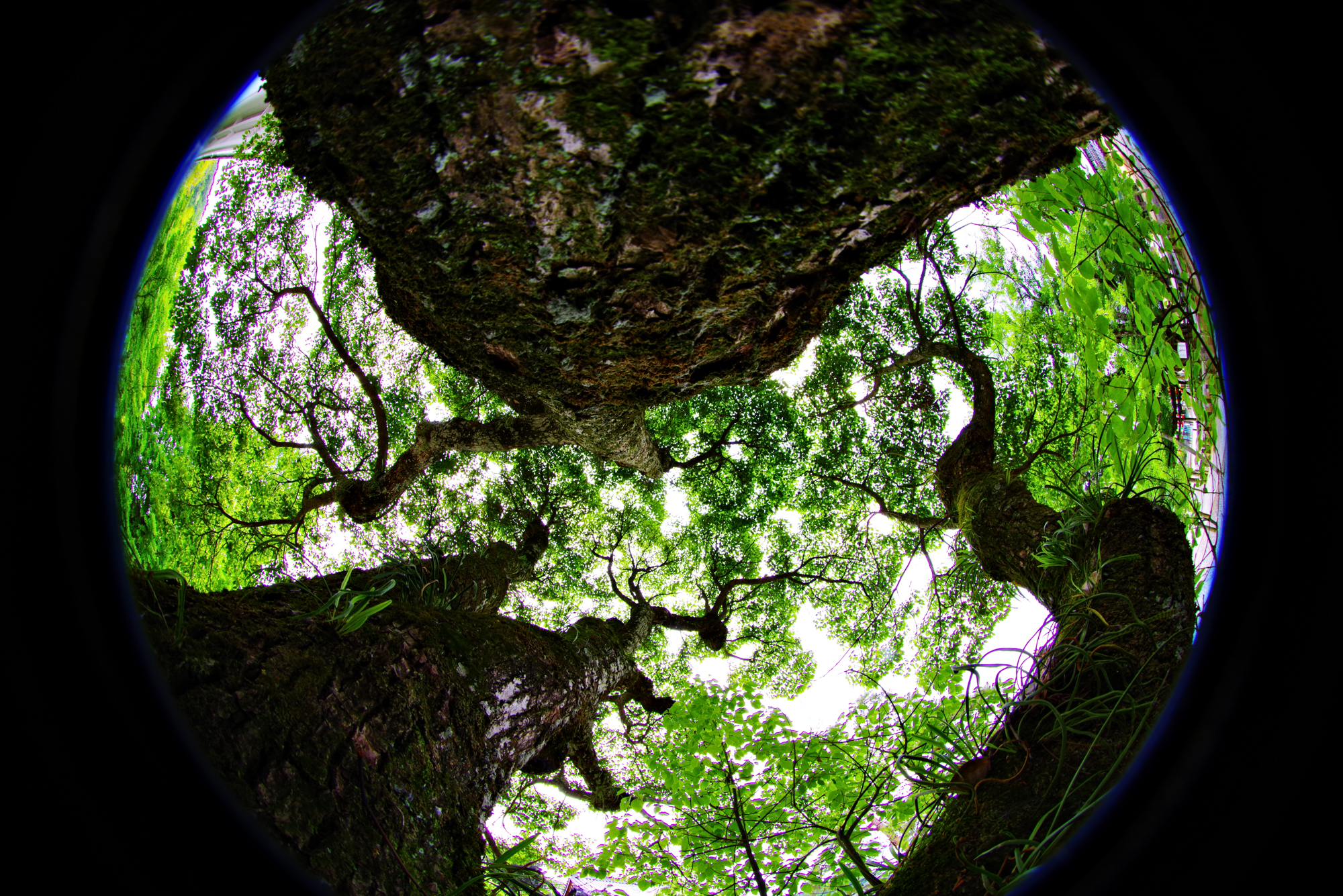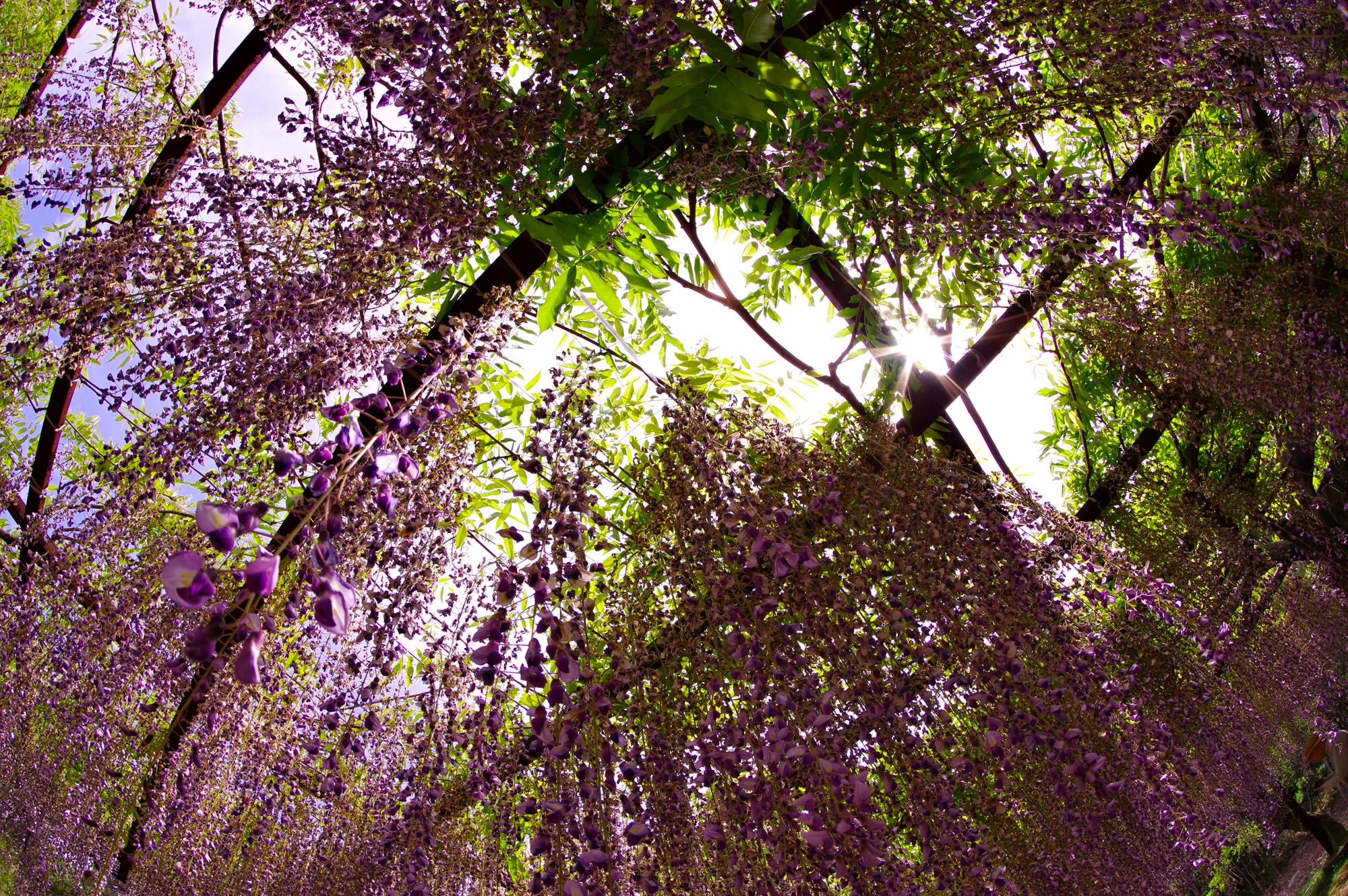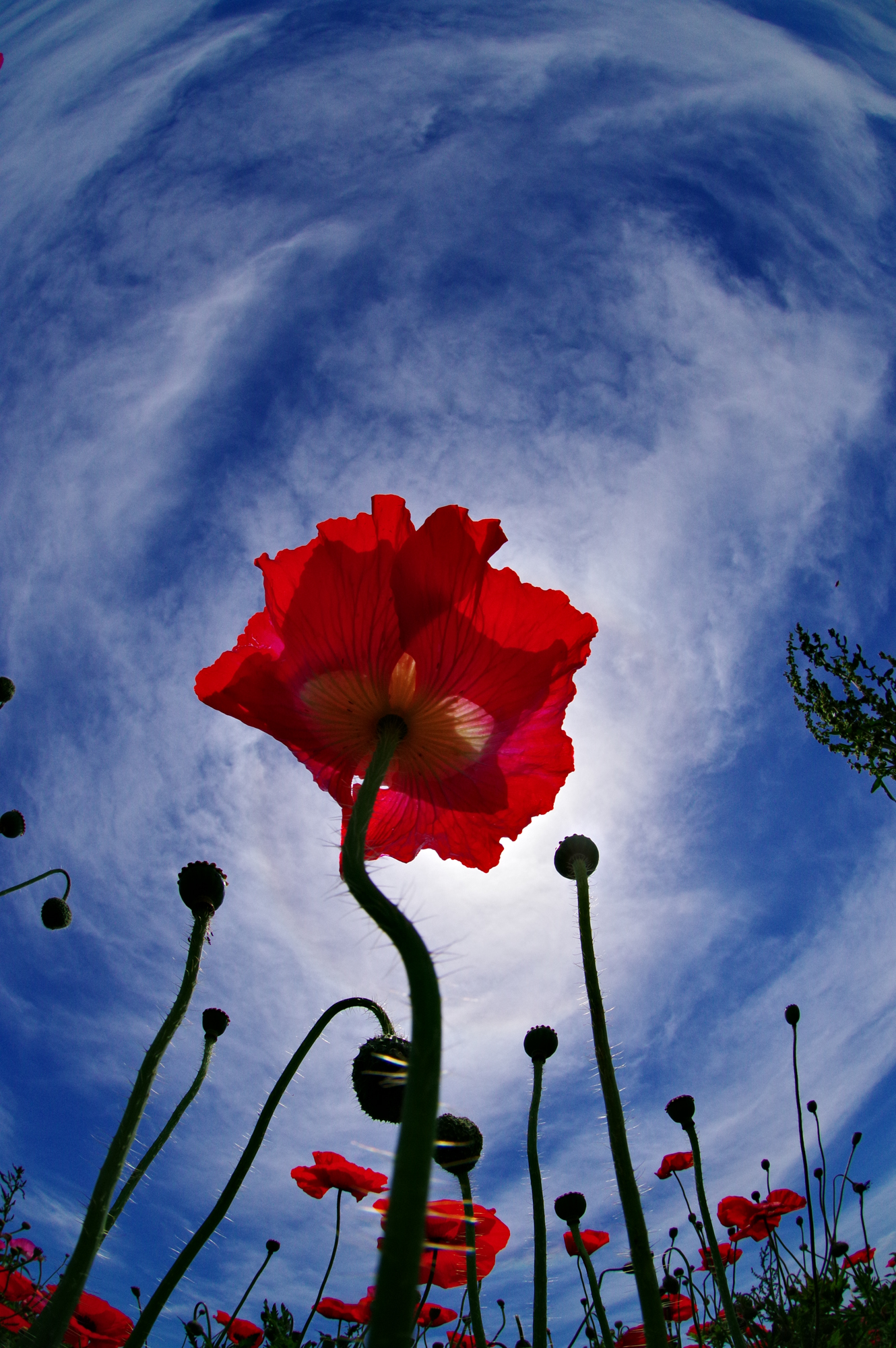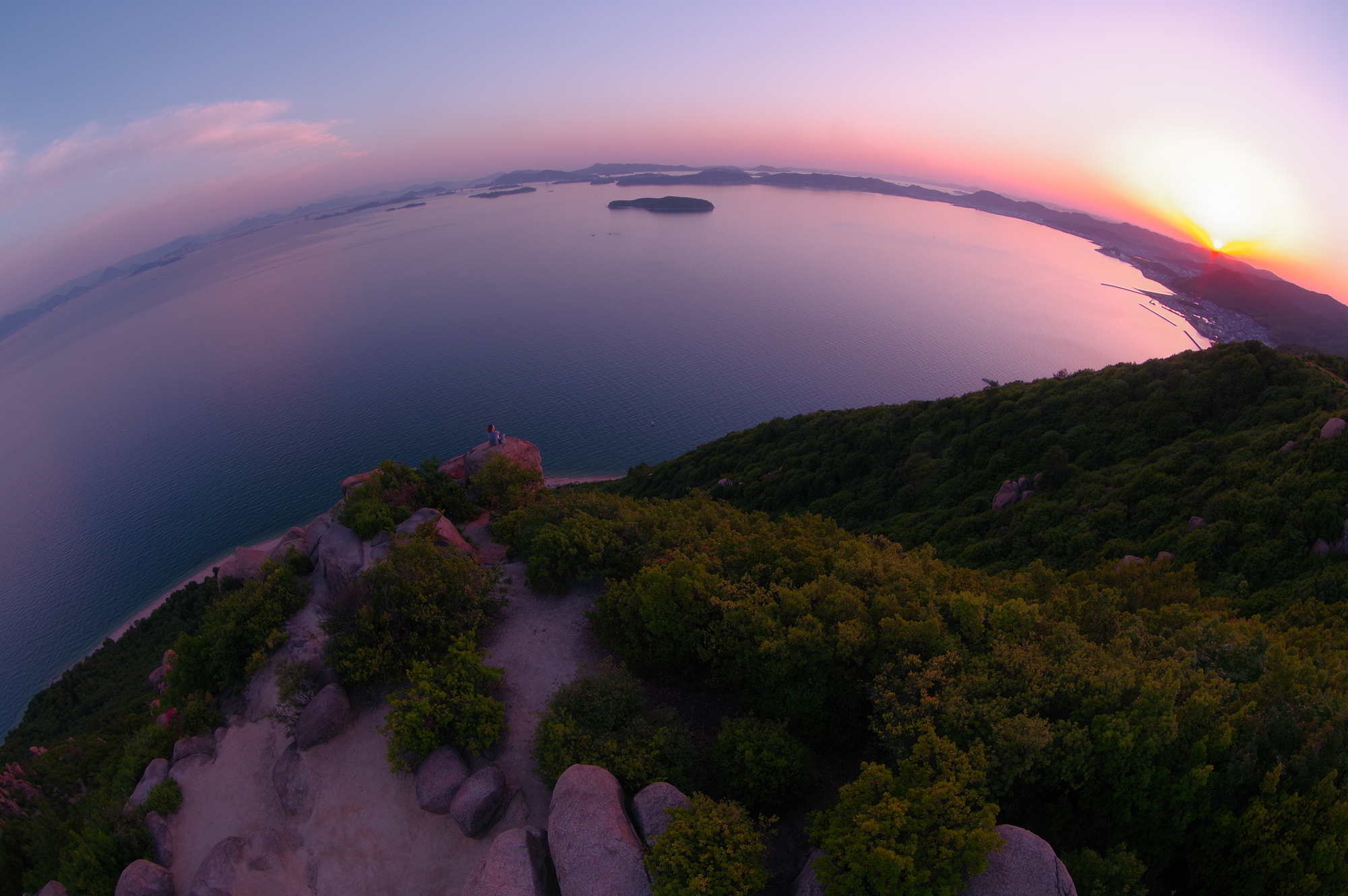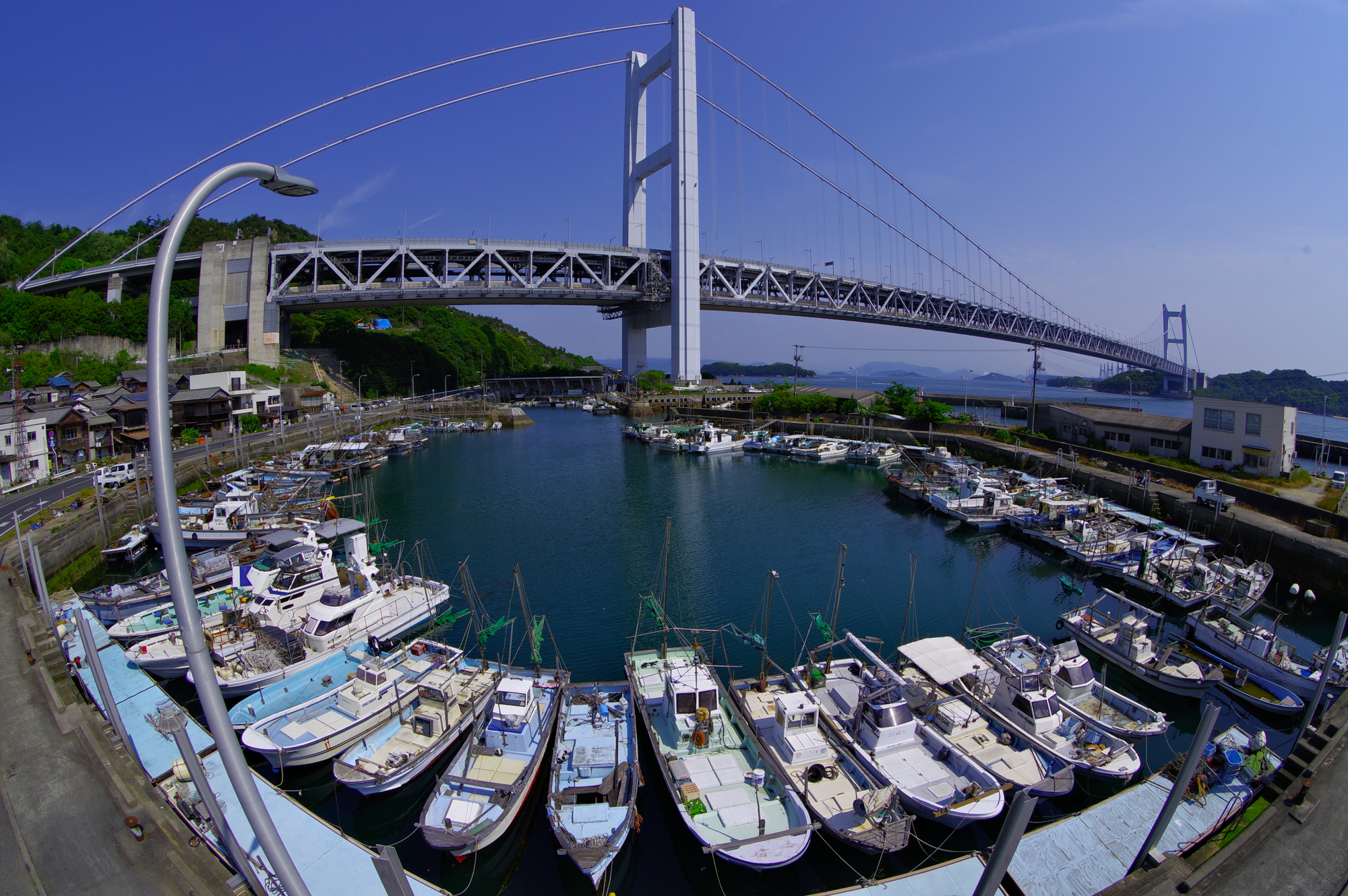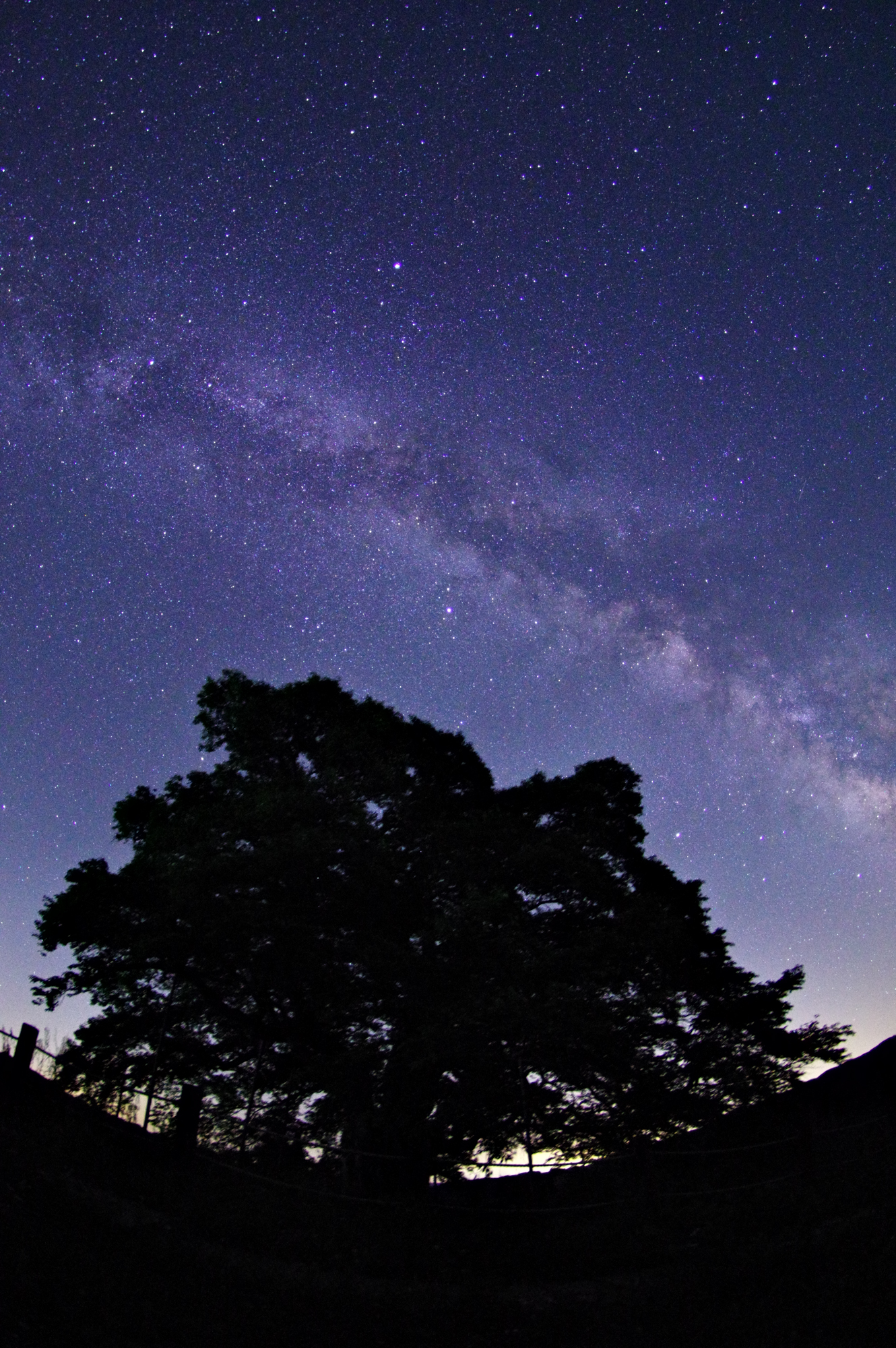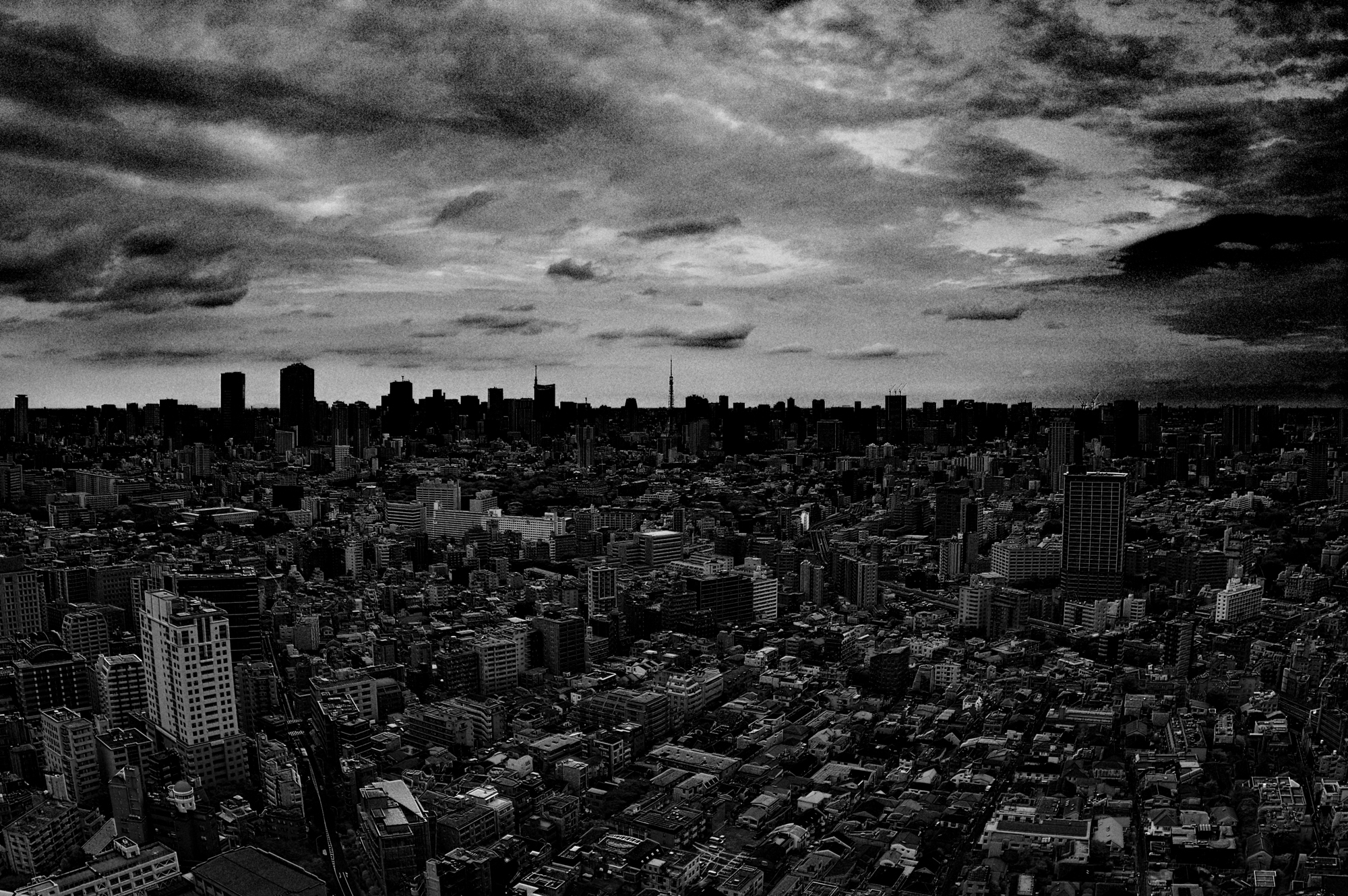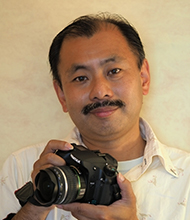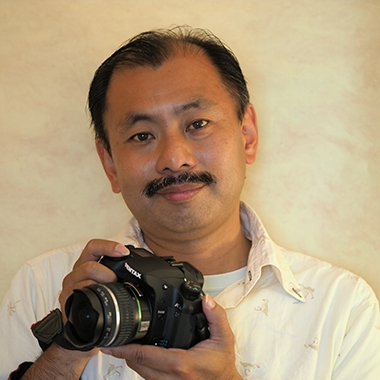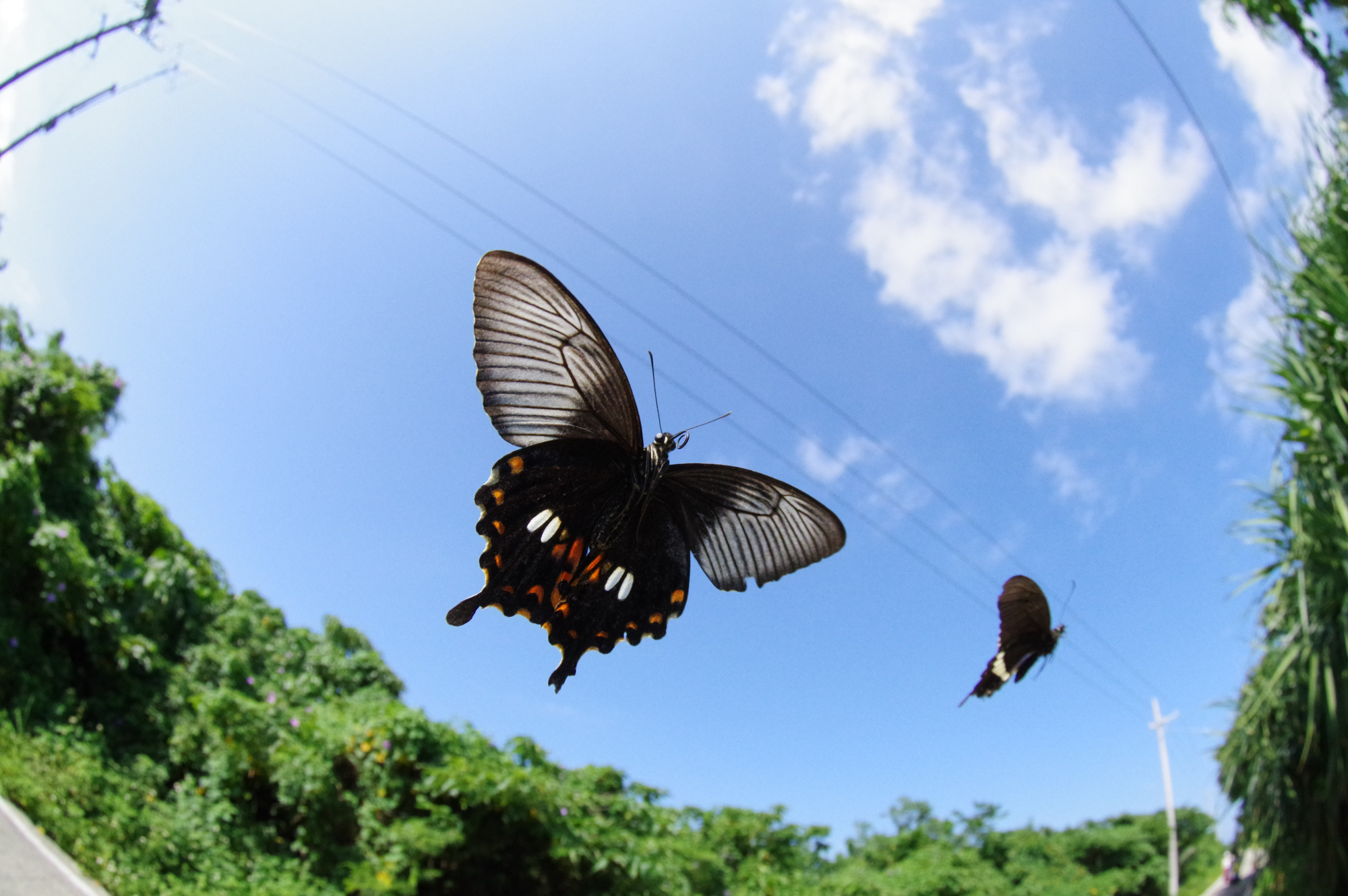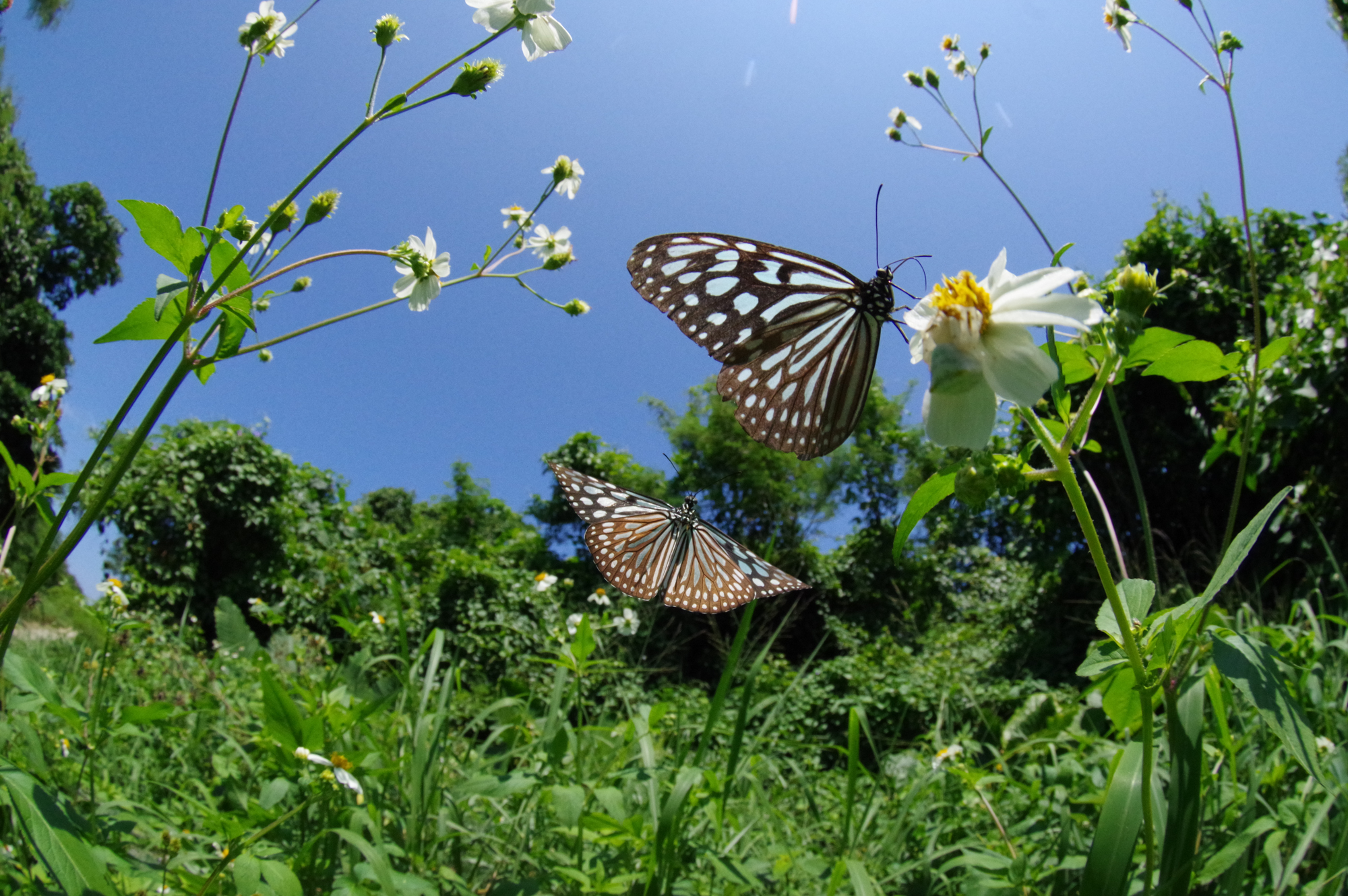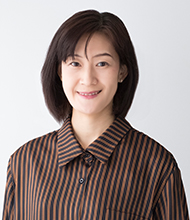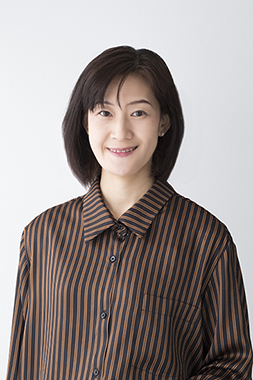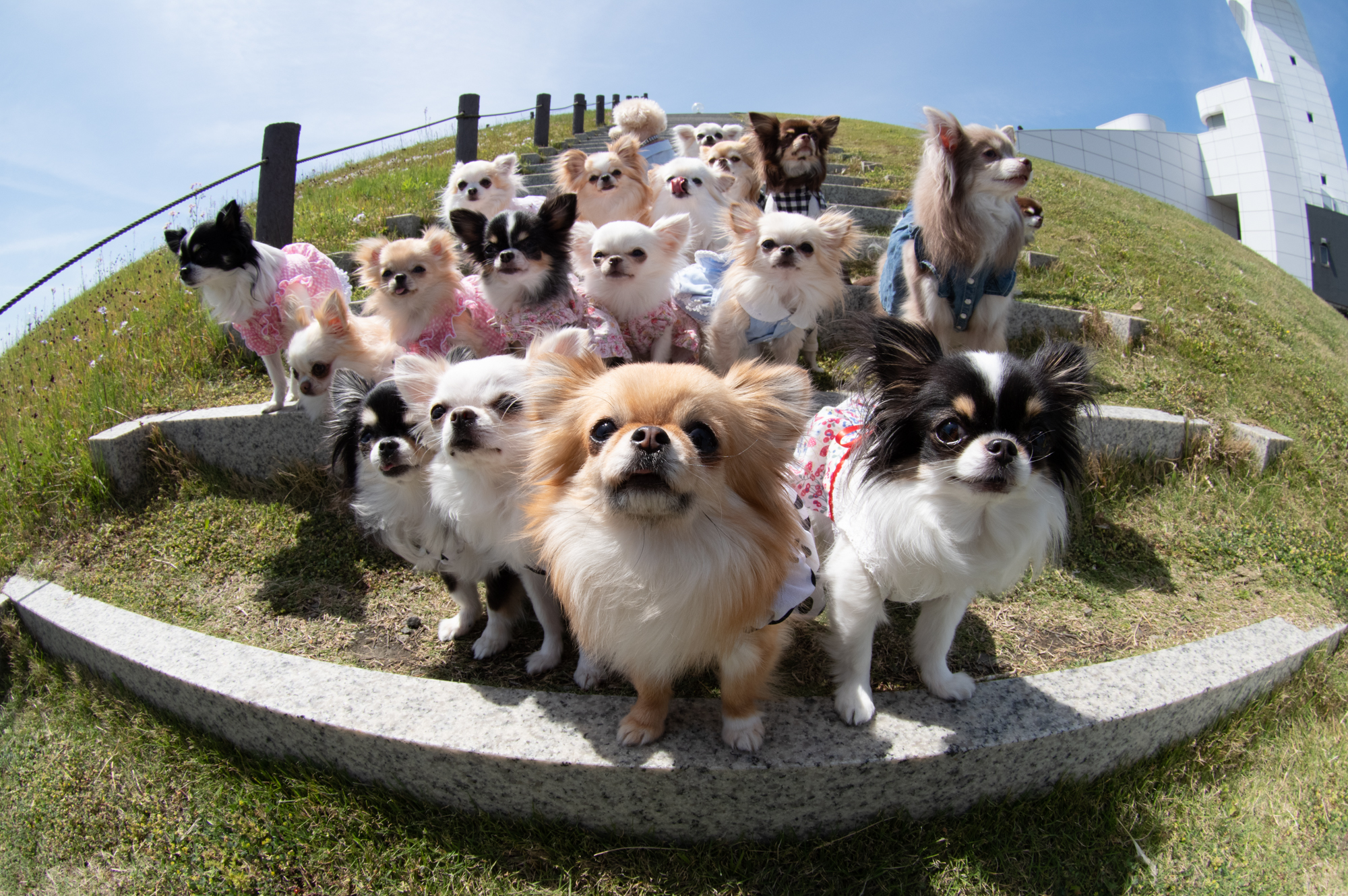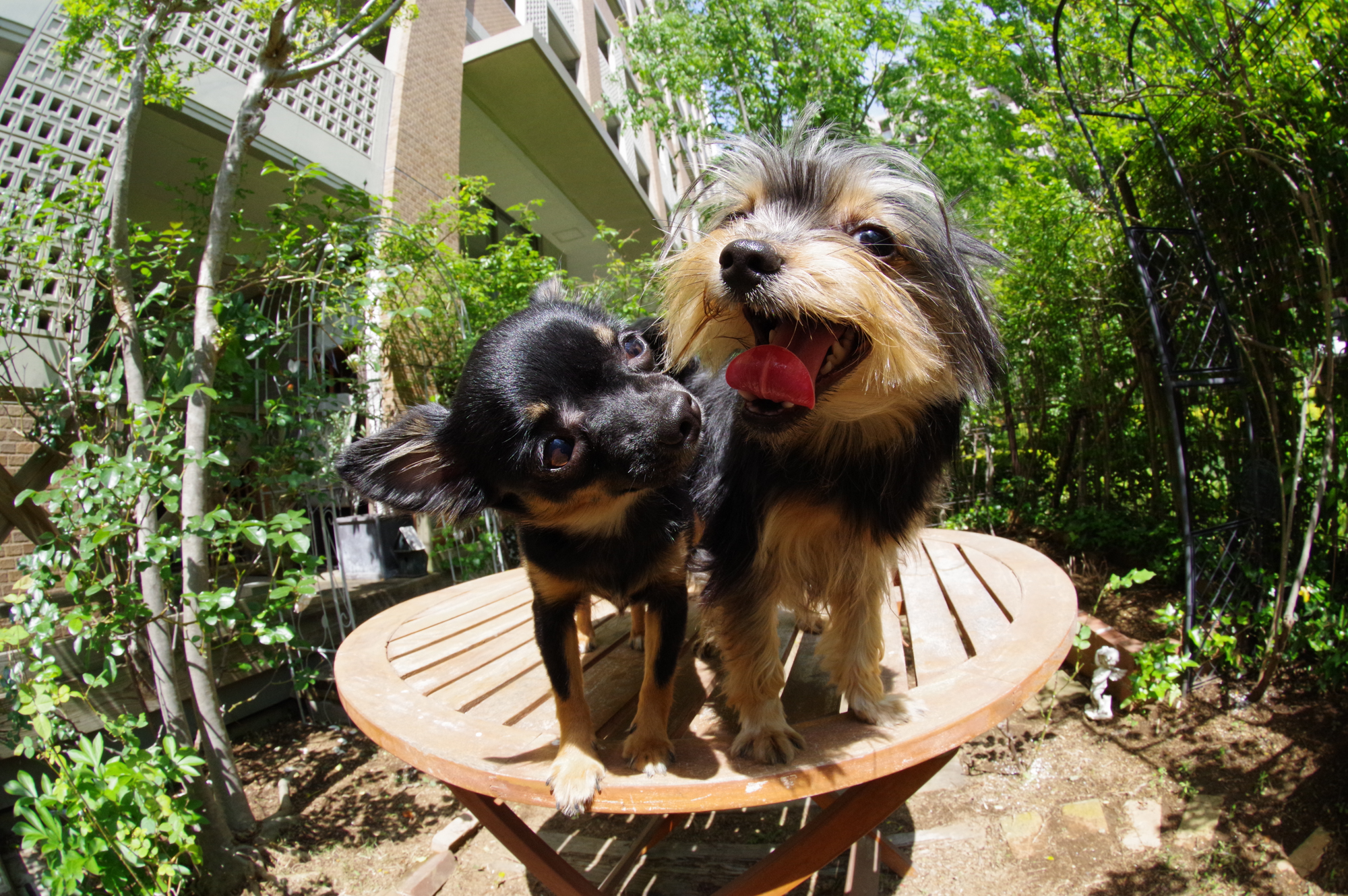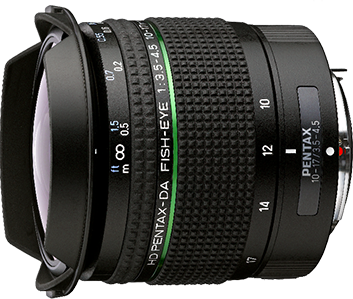| Category | Type | Product name | Focal length
Top: in FF setting
|
Aperture |
|---|---|---|---|---|
| Wide-Angle Lenses | Zoom | HD PENTAX-DA FISH-EYE10-17mmF3.5-4.5ED APS-C |
10-17mm - |
F3.5-4.5 |
| HD PENTAX-DA★11-18mmF2.8ED DC AW APS-C |
11-18mm 17-27.5mm |
F2.8 | ||
| HD PENTAX-D FA 15-30mmF2.8ED SDM WR 35mm Full FrameAPS-C |
15-30mm 23-46mm |
F2.8 | ||
| Single Focus | HD PENTAX-FA35mmF2 35mm Full FrameAPS-C |
35mm 53.5mm |
F2 | |
| HD PENTAX-DA 15mm F4ED AL Limited APS-C |
15mm 23mm |
F4 | ||
| HD PENTAX-DA 21mm F3.2AL Limited APS-C |
21mm 32mm |
F3.2 | ||
| Standard Lenses | Zoom | HD PENTAX-DA 16-85mm F3.5-5.6ED DC WR APS-C |
16-85mm 24.5-130mm |
F3.5-5.6 |
| HD PENTAX-DA 18-50mm F4-5.6 DC WR RE APS-C |
18-50mm 27.5-76.5mm |
F4-5.6 | ||
| HD PENTAX-DA 20-40mm F2.8-4ED Limited DC WR APS-C |
20-40mm 30.5-61.5mm |
F2.8-4 | ||
| HD PENTAX-D FA 24-70mmF2.8ED SDM WR 35mm Full FrameAPS-C |
24-70mm 37-107mm |
F2.8 | ||
| HD PENTAX-D FA 28-105mmF3.5-5.6ED DC WR 35mm Full FrameAPS-C |
28-105mm 43-161mm |
F3.5-5.6 | ||
| Single Focus | HD PENTAX-DA 40mm F2.8 Limited APS-C |
40mm 61mm |
F2.8 | |
| HD PENTAX-D FA★50mmF1.4 SDM AW 35mm Full FrameAPS-C |
50mm 76.5mm |
F1.4 | ||
| Telephoto Lenses | Zoom | HD PENTAX-DA 55-300mm F4-5.8ED WR APS-C |
55-300mm 84.5-460mm |
F4-5.8 |
| HD PENTAX-DA 55-300mmF4.5-6.3ED PLM WR RE APS-C |
55-300mm 84.5-460mm |
F4.5-6.3 | ||
| HD PENTAX-D FA★70-200mm F2.8ED DC AW 35mm Full FrameAPS-C |
70-200mm 107-307mm |
F2.8 | ||
| HD PENTAX-D FA 70-210mm F4ED SDM WR NEW! 35mm Full FrameAPS-C |
70-210mm 107-322mm |
F4 | ||
| HD PENTAX-D FA 150-450mm F4.5-5.6ED DC AW 35mm Full FrameAPS-C |
150-450mm 230-690mm |
F4.5-5.6 | ||
| Single Focus | HD PENTAX-DA 70mm F2.4 Limited APS-C |
70mm 107mm |
F2.4 | |
| HD PENTAX-DA 560mm F5.6ED AW APS-C |
560mm 859mm |
F5.6 | ||
| Macro Lenses | Single Focus | HD PENTAX-DA 35mm F2.8 Macro Limited APS-C |
35mm 53.5mm |
F2.8 |
| Converter / AF Lens Adapter | HD PENTAX-DA AF REAR CONVERTER 1.4X AW | - | - | |




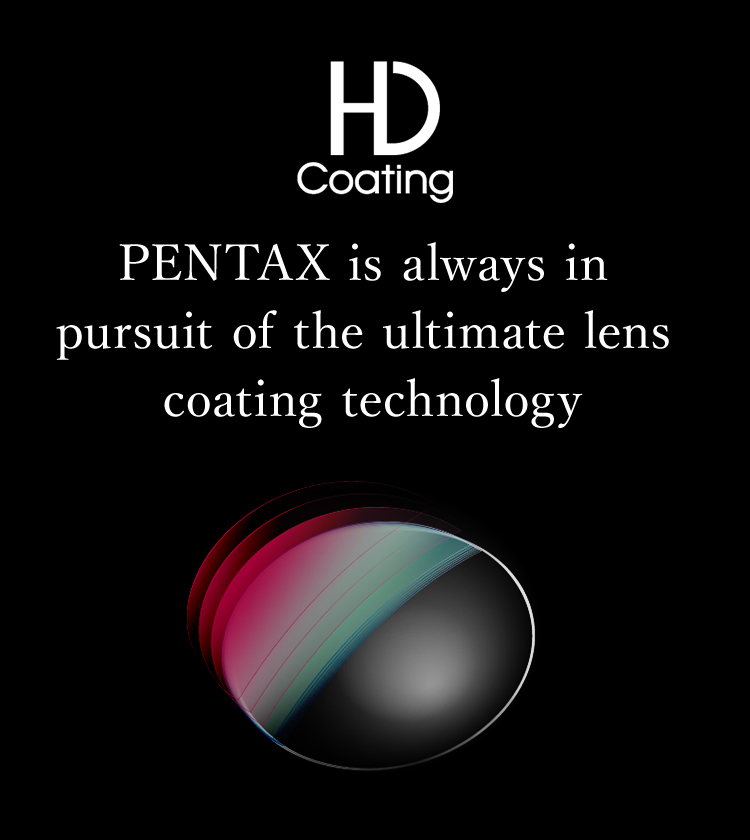

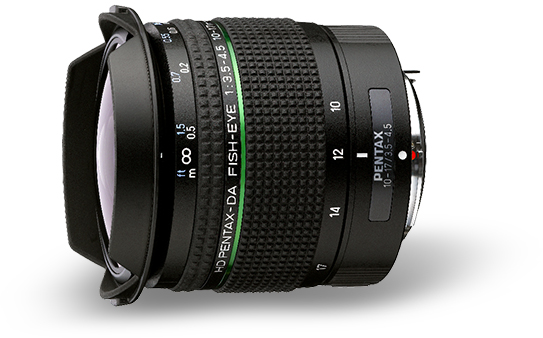
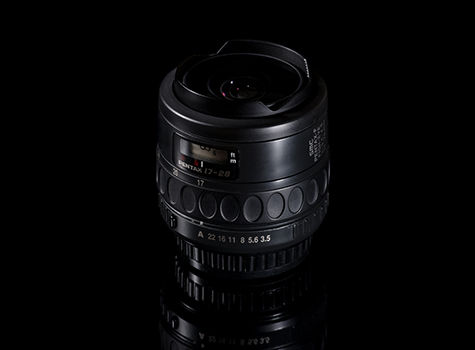
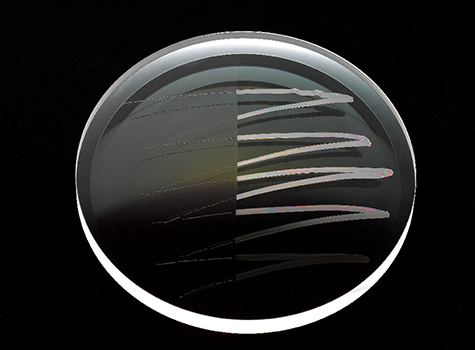
![smc PENTAX-DA FISH-EYE 10-17mm F3.5-4.5ED[IF]](../img/con3-img4.jpg)
![〔smc PENTAX-DA FISH-EYE10-17mmF3.5-4.5ED[IF]〕](../img/con3-img5.jpg)
